Commemorations are being held all over Warwickshire to mark the centenary of the end of the First World War. St Mary’s Church in Warwick appealed for 11,610 poppies to correspond with the number of men in the Royal Warwickshire Regiment who were killed during that war. The response was enthusiastic with a grand total of over 60,000 poppies – knitted, crocheted and made from felt – contributed by adults and children from around the town and further afield. The poppies are currently being displayed in creative ways around the church.
The poppy bell is a model of the largest bell in the church tower: the tenor bell was cast in 1814 by Thomas Mears II of London, it weighs 25 cwt, with a diameter of 54 inches (135 cm). A huge poppy hangs above the chancel and poppies surround pillars, pulpit, lecterns, etc. Even the bread charity shelves have been decorated.
Remembering the men of the Royal Warwickshire Regiment
The chapel dedicated to the Royal Warwickshire Regiment is particularly poignant, with the outline of a soldier standing guard outside. This regiment originated in Holland in the 17th century, and came to Britain with William III. It was named in 1782 the ‘6th Warwickshire Regiment of Foot’, adding the ‘Royal’ title in 1832. It became the ‘Royal Warwickshire Regiment’ in 1881 and then in 1963 the ‘Royal Warwickshire Fusiliers’ before being amalgamated with other regiments in 1968, to become the 2nd battalion of the Royal Regiment of Fusiliers (thus sadly losing ‘Warwickshire’ from their title).
The men of the Royal Warwickshire Regiment served with distinction in the First World War in France, Italy, Turkey and Mesopotamia with five Victoria Crosses awarded to soldiers in the regiment. Further information can be found on a number of relevant websites giving details of the history of the regiment and the lives of men who served.

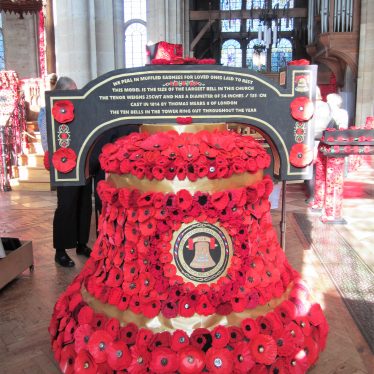
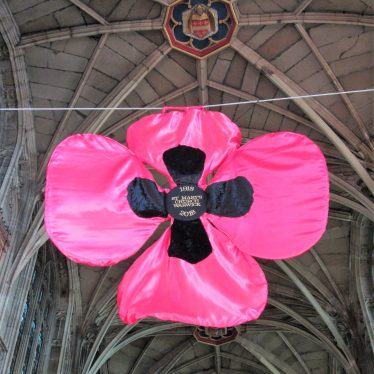
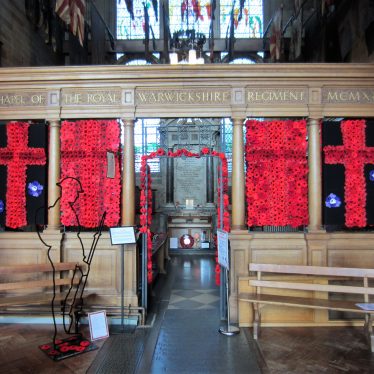
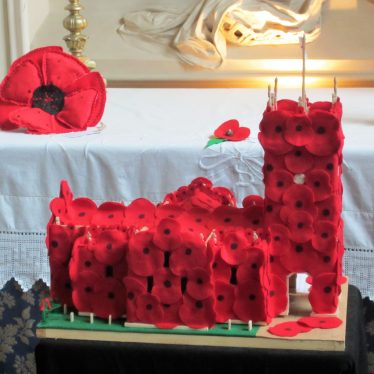

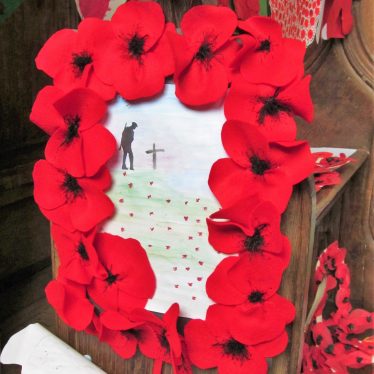






Comments
I was a guide in the Beauchamp Chapel at the time. It was quite an honour to be part of it all! A former work colleague of mine’s mother-in-law is Turkish and she knitted a lot of poppies for them. A true sign of reconciliation. What I especially liked was that there was a memorial to the animals which took part in World War One. They were commemorated with purple poppies.
Add a comment about this page